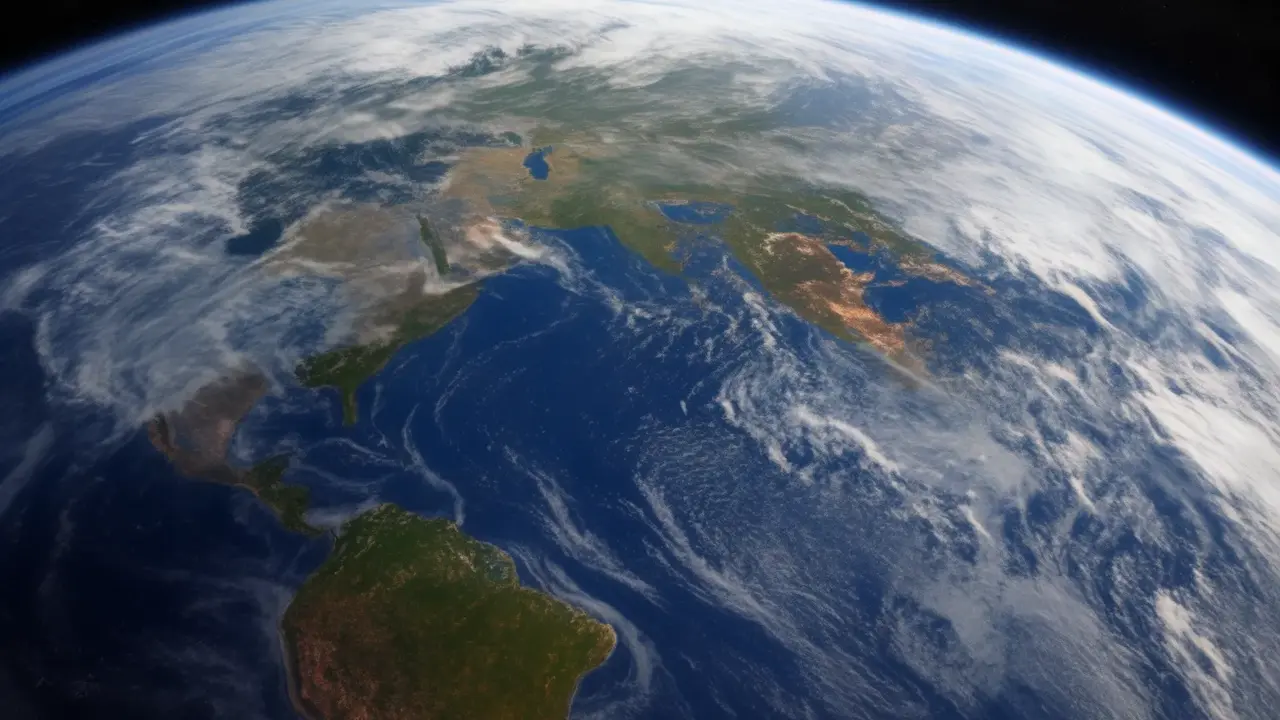According to the university press service, the project is being carried out with the support of the Innovation Promotion Fund within the scope of the Space-Pi scientific and educational project. Nanosatellites are equipped with compact hyperspectrometers that can “see” in multi-channel spectral imaging and reveal features of objects invisible to the human eye.
Using these devices, scientists plan to determine the moisture level of forests to assess fire risk and monitor agricultural products. In addition, research and recording of oil pollution, analysis of the composition and thickness of oil layers and the study of their rate of spread will also be carried out.
Roman Skidanov, Professor of the Department of Technical Cybernetics at Samara University named after Korolev, Doctor of Physical and Mathematical Sciences, said that the HyperView-1G nanosatellite consists of six cubes and has a record resolution of up to 7 meters per pixel, and Colibri-S. Consisting of three units, it also has high specifications of up to 60 meters per pixel. The lifespan of these devices is expected to be three years.
Source: Ferra
I am a professional journalist and content creator with extensive experience writing for news websites. I currently work as an author at Gadget Onus, where I specialize in covering hot news topics. My written pieces have been published on some of the biggest media outlets around the world, including The Guardian and BBC News.











